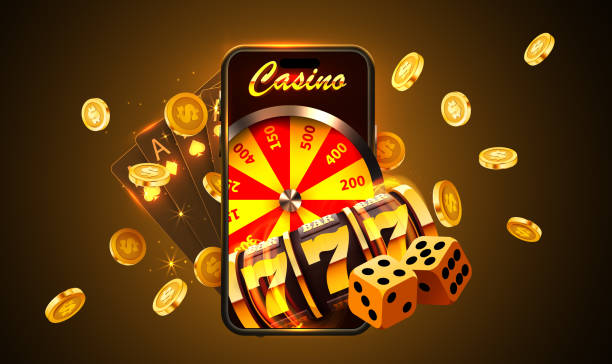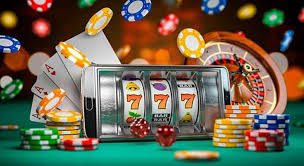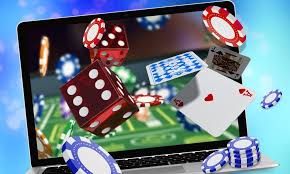
Feel the Rhythm of Life: Embracing the Beat
Rhythm is an inherent part of life, influencing everything from our heartbeat to the music we enjoy. It engages our emotions, connects us with one another, and expresses the essence of being alive. In this exploration of rhythm, we delve into its various aspects and discover how to Feel the Rhythm of the Reels and Win Your Way betandreas immerse ourselves in the beat of life.
The Nature of Rhythm
At its core, rhythm is a flow of sounds and silence. It is found in music, poetry, dance, and even in our daily routines. Think about the way you walk. Each step syncs with your breathing, creating a personal rhythm. Nature, too, has its own rhythms—from the changing of seasons to the cycles of day and night. This rhythmic pattern gives life its structure and allows us to understand our place within it.
Rhythm in Music
Music is one of the most profound expressions of rhythm. It is a universal language that transcends cultural boundaries. Every genre—be it jazz, classical, rock, or hip-hop—has its distinct rhythmic patterns. Drummers lay down the pulse, while bass players add depth. Melodies weave through these rhythms, creating a tapestry of sound that evokes a wide range of emotions.

Consider how a heartbeat can dictate the intensity of a piece. A slow ballad gently sways the listener, while an upbeat track can invigorate and energize. The way musicians play with tempo and meter can provoke different feelings, illustrating just how powerful rhythm can be in shaping our experiences.
The Psychological Effects of Rhythm
Rhythm does not only affect us on a surface level; it penetrates deeper into our psyche. Studies have shown that rhythm can enhance learning and memory. This is evident in children who learn through songs and chants. When information is set to a rhythmic pattern, it becomes easier to recall. This connection between rhythm and cognitive function can be harnessed in educational settings to improve outcomes.
Moreover, rhythm plays a key role in emotional regulation. Drumming circles, for example, are used in therapeutic settings to help individuals process emotions and foster a sense of community. The physical act of drumming can release pent-up feelings and provide a constructive outlet for stress and anxiety.
Embracing Rhythm in Daily Life
Integrating rhythm into our daily lives can enhance our well-being and productivity. Consider the routines we establish—waking up, exercising, eating, and sleeping—all have a rhythm that can either serve us or hinder us. By observing and consciously adjusting these rhythms, we can cultivate a more harmonious existence.
For example, morning routines that incorporate movement and mindfulness can set a positive tone for the day. Gentle stretches, a mindful breakfast, or simply tuning into music for a few moments can create a rhythmic flow that enhances our energy and focus. Additionally, finding ways to incorporate your favorite music into mundane tasks—like cleaning or cooking—can transform these activities into joyful experiences.

Connecting Through Dance
Dance is one of the most expressive forms of rhythm. Throughout human history, dance has been a way to celebrate life, tell stories, and connect communities. Whether it’s a cultural dance performed during festivals or an impromptu dance party at home, moving to the rhythm brings us joy and helps release inhibitions.
Dance fosters connection, both with ourselves and with others. It encourages self-expression and invites us to be present in the moment. Dance also breaks down barriers: regardless of language or origin, everyone can understand the universal language of rhythm and movement.
The Future of Rhythm in Technology
As technology evolves, so too does our relationship with rhythm. Digital platforms now provide us with the means to create and share music more easily than ever. Artists can collaborate across continents, creating new genres and sounds that push the boundaries of traditional music. AI music generation, for example, explores the creative possibilities inherent in rhythm, producing pieces that challenge human musicians to innovate.
Moreover, technology has amplified the way we experience rhythm. With the rise of virtual reality, immersive musical experiences allow participants to feel completely enveloped by rhythm and sound, offering a new dimension of engagement.
Conclusion: Live in Rhythm
The rhythm of life is a continuous journey, influencing our thoughts, emotions, and actions. It connects us with the world around us and others in our lives. Embracing this rhythm can lead to a richer, more fulfilling experience. Whether through music, dance, or simply the rhythm of our daily routines, let us find ways to celebrate and feel the beat that surrounds us. As you explore the many dimensions of rhythm, remember to dance to your own beat, allowing it to resonate with your unique journey through life.
